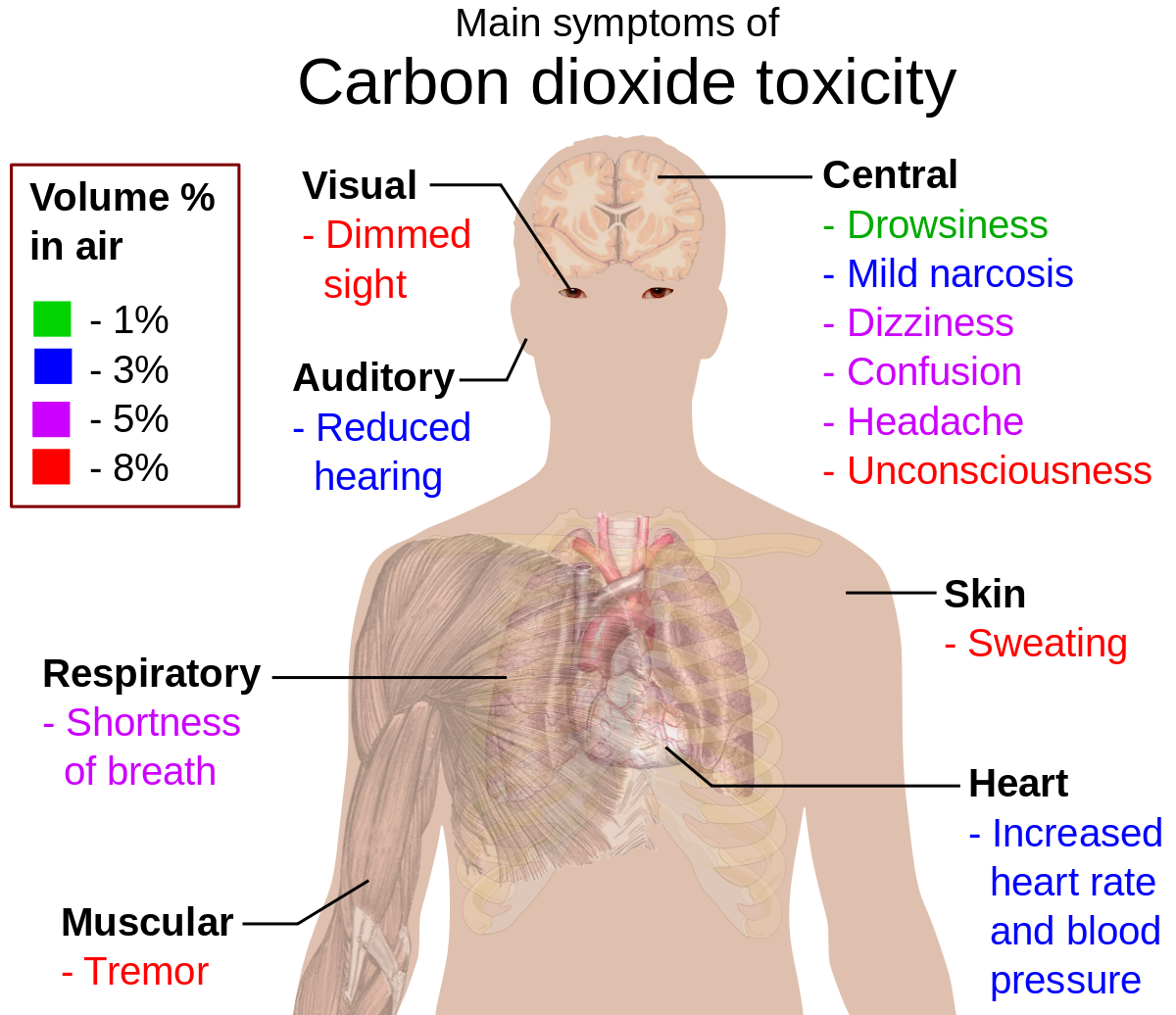Two weeks in the mountains can change your blood for months
When Lauren Earthman signed up for a research project studying the effects of altitude on the human body, she thought she knew what to expect. It would be tough, but Earthman—a freshman at the University of Oregon in Eugene—was a competitive 1500-meter runner, after all. Then, she climbed out of the oxygen-equipped bus that had carried her to an elevation of 5260 meters in the Bolivian Andes. She felt OK—until she had to walk up a set of stairs. Suddenly, even that simple action, she says, was "immensely more difficult" than what she was expecting.
A few weeks later, however, Earthman was speeding up a 3.2-kilometer hill with 20 other young participants in a study, called AltitudeOmics, that has now produced a dozen publications. The most recent finding: Even short exposures to high elevation can unleash a complex cascade of changes within red blood cells that make it easier for them to cope with low-oxygen conditions. What's more, these changes persist for weeks and possibly months, even after descending to lower elevations. That finding may be a boon for medical researchers and also for hikers, skiers, and distance runners who don't have time for extended altitude training.
Scientists have long known that
the body adjusts to the oxygen-deprived conditions of high altitudes. At 5260 meters, close to the level of the Mount Everest Base Camp in Nepal, the atmosphere holds 53% as much oxygen as the air at sea level, making it harder to breathe—and to exercise. The traditional explanation has been that low-oxygen conditions cause the body to build new red blood cells, making it easier to supply oxygen to muscles and vital organs. "That's been the story for 50 years," says Robert Roach, lead investigator and director of the Altitude Research Center at the University of Colorado Anschutz Medical Campus in Aurora.
But mountaineers, backpackers, and other high-country weekend warriors have long known that this story might not be quite right. It takes weeks to produce new red blood cells, and even ordinary people can adapt within days. Now, the new study—the first to look closely at the blood of people trekking up and down mountains—has found that the body begins adapting to elevation as soon as overnight.
That's where people like Earthman enter the story. To find out precisely what happens to the body at altitude, Roach's team sent her and the other volunteers to a camp near the summit of the top of Bolivia's 5421-meter Mount Chacaltaya, once the site of the world's highest ski resort. After the first day, Earthman and her colleagues were feeling better. And after 2 weeks, they could finally complete their 3.2-kilometer climb, though Earthman doesn't dignify the hike as "running." "[It] was the hardest thing I have ever done," she says.
The volunteers then left the mountains for 1 to 2 weeks, after which they went back up. Intriguingly, their bodies seemed to remember their prior experience at altitude, allowing them to fare much better than they had on their first trip up the mountain. In fact, they could still manage to get up the 3.2-kilometer hill—something that had been a problem for many of them at the start of their first visit, says Angelo D'Alessandro, a biochemist also at the Altitude Research Center.
When scientists examined the oxygen-carrying proteins, known as hemoglobin, in volunteers' red blood cells, they found multiple changes affecting how tightly it hung onto its oxygen load. Roach says a simplistic analogy is comparing this to what happens when baseball players loosen their grip on a mitt. "If I relax my hand, it will let go of the ball," he says. Such changes had been observed before in the lab,
but never in humans, and never at high altitude, the team reports this month in the
Journal of Proteome Research. The scientists also found that the metabolic processes producing these changes were considerably more complex than suspected. And because red blood cells live for about 120 days, the changes last as long as the cells do.
That last finding tracks anecdotal evidence from veterans of the U.S. Army's 10th Mountain Division, who earned fame in Italy during World War II. Years ago, some of these veterans had told Roach that their bodies had seemed to retain adaptations from repeated trips to high elevation—a finding that tracks the experience of backpackers who return weekend after weekend to the high country.
Other scientists are impressed. D'Alessandro's findings "should provide new insights into altitude adaptation," says Peter Ratcliffe, a medical researcher at the University of Oxford in the United Kingdom who studies how cells react to low oxygen in cancer, heart disease, stroke, and anemia. Low oxygen is also a problem when trauma—from car accidents to gunshot wounds—causes blood loss. Finding ways to kick the blood's oxygen-carrying capacity into high gear in such an emergency, D'Alessandro says, could save lives in both the civilian sector and on the battlefield.
But the potential benefits aren't just for people suffering from such trauma. One in four tourists to the U.S. state of Colorado, for example, gets altitude sickness each year, costing the state about $300 million in lost revenue, Roach says. Understanding how the body adapts to altitude could lead to better medications for these tourists. It could also lead to better preparations for another brand of travelers—astronauts. If scientists can figure out how animals like bears, bats, and mice survive the low-oxygen effects of hibernation, D'Allesandro says, it could lay the groundwork for human journeys to not just the mountains—but maybe to Mars.

www.science.org

 but that is unsafe I'd say. I may try P
but that is unsafe I'd say. I may try P


